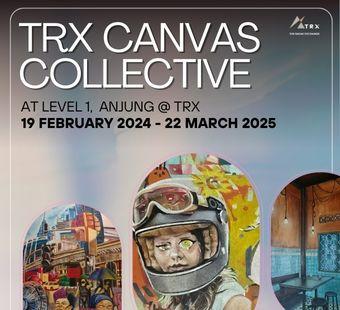As the city awaits the completion of MRT Line 2 to complement the existing integrated railway system we have, it’s fun to look back at how things were back in the days. Way back.
A 100-year old travel guide, Pamphlet Information for Travellers: Tours in the Malay Peninsula, invoked a peculiar distant romanticism of railway travel in this country.
Published in 1914 London and written by the GM of the Federated Malay States Railways P. A. Anthony, the brochure book was meant to entice the British moneyed class to come to Malaya for a tropical escape.
This gem of a book gives us a glimpse of the Penang-Singapore train journeys, promoting Malaya’s “equable tropical climate”; “magnificent scenery”; and “fine roads for motoring over 2000 miles”.
The train journey took 24 hours, with First Class ticket of $25.65 Straits Dollars (est. RM1200.00 today).
This was not your usual train ride, as the brochure described cabins with plush beds, station stops with refreshing showers, porters on stand-by, a short instruction on servant salaries, and “... the best dinner in the Malay Peninsula is served on the train after leaving Kuala Lumpur.”
KL was just a two-hour train transit. At the time a mere administrative town half the size of Penang, KL was divided into “Asiatic and European town” by the Klang River.
Besides being the headquarters of the Federal Administration, KL was also described “the social capital for the European element”, with its golf course, race course, polo ground, rifle range, cricket and football grounds.
Amazingly, you can still follow the route recommended by the writer and rediscover the landmarks that are still standing a century later.
“To see something of Kuala Lumpur between trains, take a rikisha from under the hotel porch, and start off to the left up the hill, leaving the railway bridge on the left, and keep right on down Damansara Road. A few minutes' run brings you to the Museum,”
The guide praised the amazing view of the Lake Garden and the “avenue of splendid palms” at the Lake Club, the “fine block of Government Offices”, which is likely the Sultan Abdul Samad and adjacent Moorish buildings, “which are beautiful in the bright light of early morning, but more beautiful at night under the soft-tones glow of the electric light.”
Yes, KL had electricity 100 years ago. The author was none too impressed by the town however.
“This circular run of 2.5 miles, with one person in the rikisha, should not take more than 35 minutes, and with 50 cents your rikisha man will be satisfied.
So, too, should you be, for you will have seen the best part of Kuala Lumpur.”
Photo Credit: vintage-kl.tumblr





